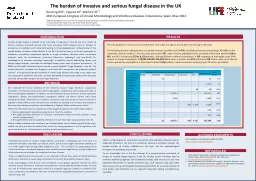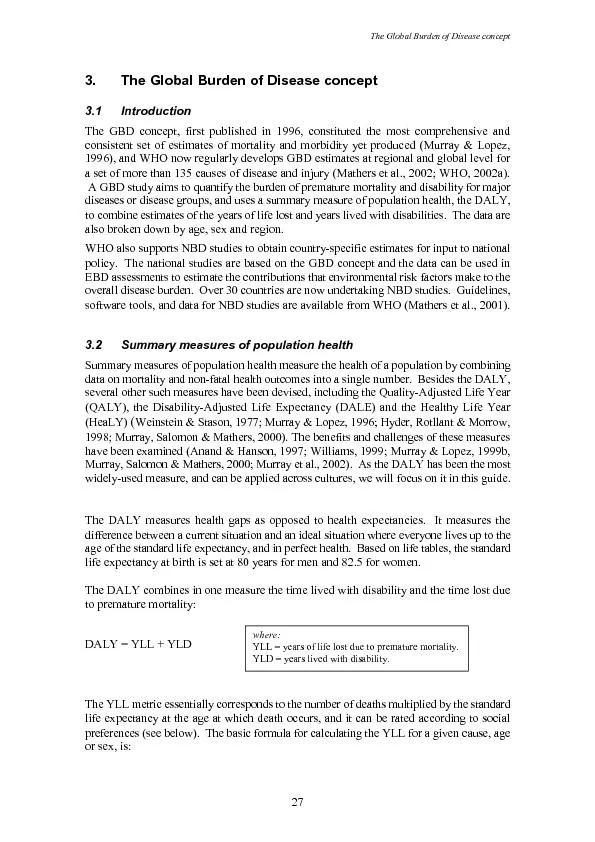PPT-Epidemiology and Burden
Author : lindy-dunigan | Published Date : 2018-11-05
Major Depressive Disorder MDD Depression is a chronic recurring and progressive disorder affecting 300350 million people worldwide 12 Depression is a highly prevalent
Presentation Embed Code
Download Presentation
Download Presentation The PPT/PDF document "Epidemiology and Burden" is the property of its rightful owner. Permission is granted to download and print the materials on this website for personal, non-commercial use only, and to display it on your personal computer provided you do not modify the materials and that you retain all copyright notices contained in the materials. By downloading content from our website, you accept the terms of this agreement.
Epidemiology and Burden: Transcript
Download Rules Of Document
"Epidemiology and Burden"The content belongs to its owner. You may download and print it for personal use, without modification, and keep all copyright notices. By downloading, you agree to these terms.
Related Documents














